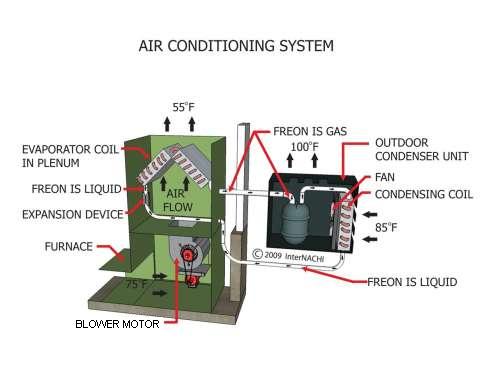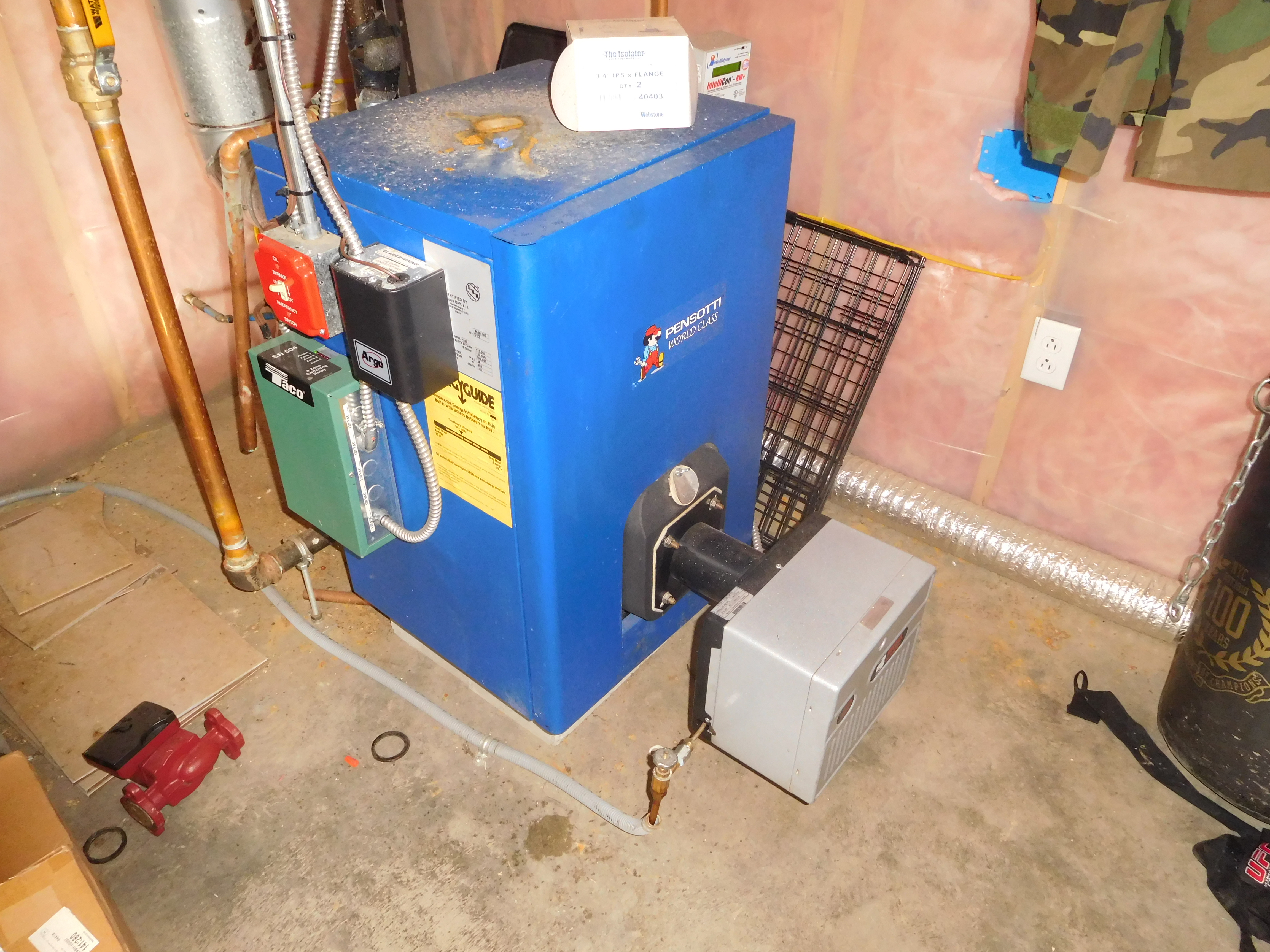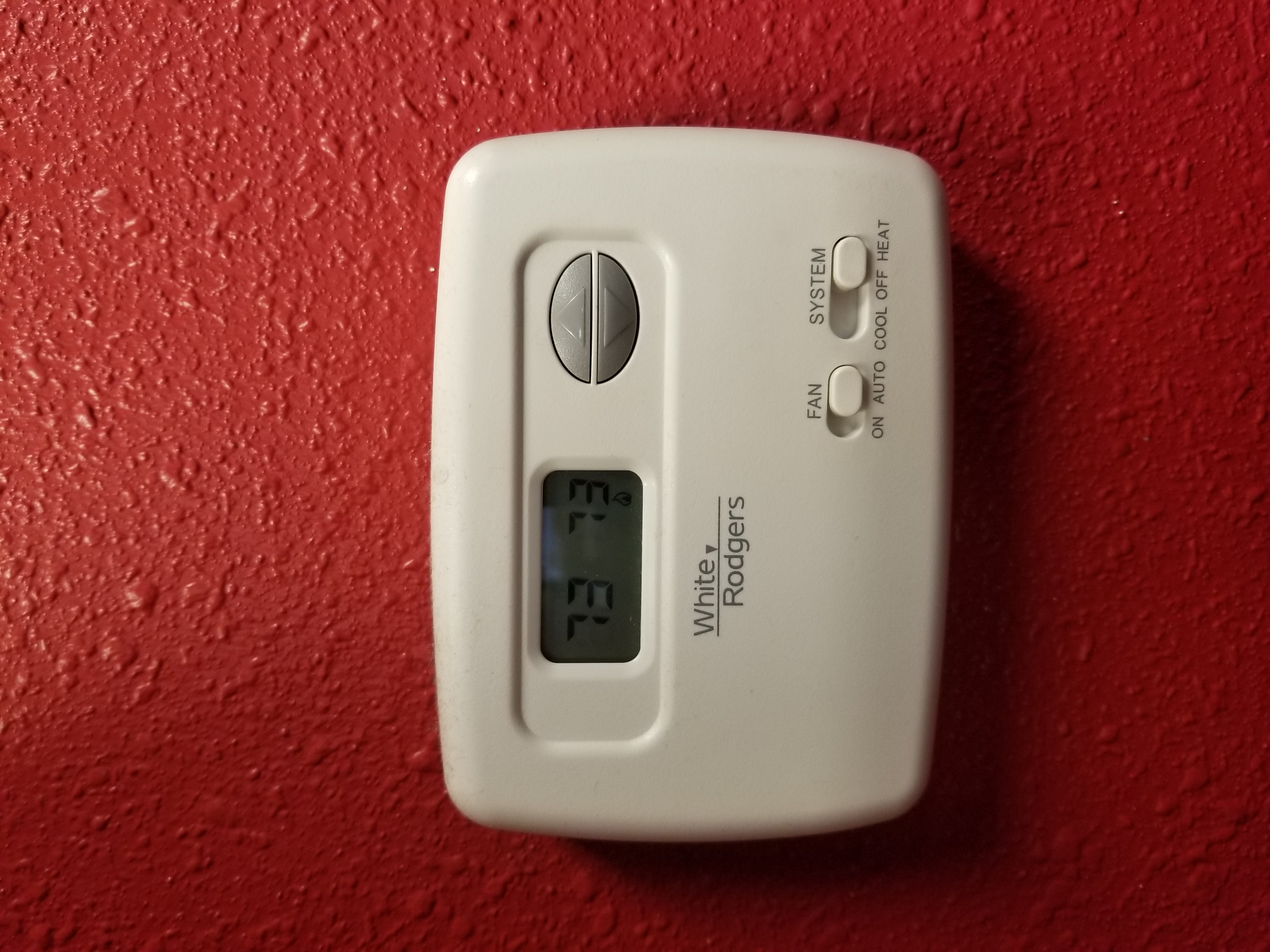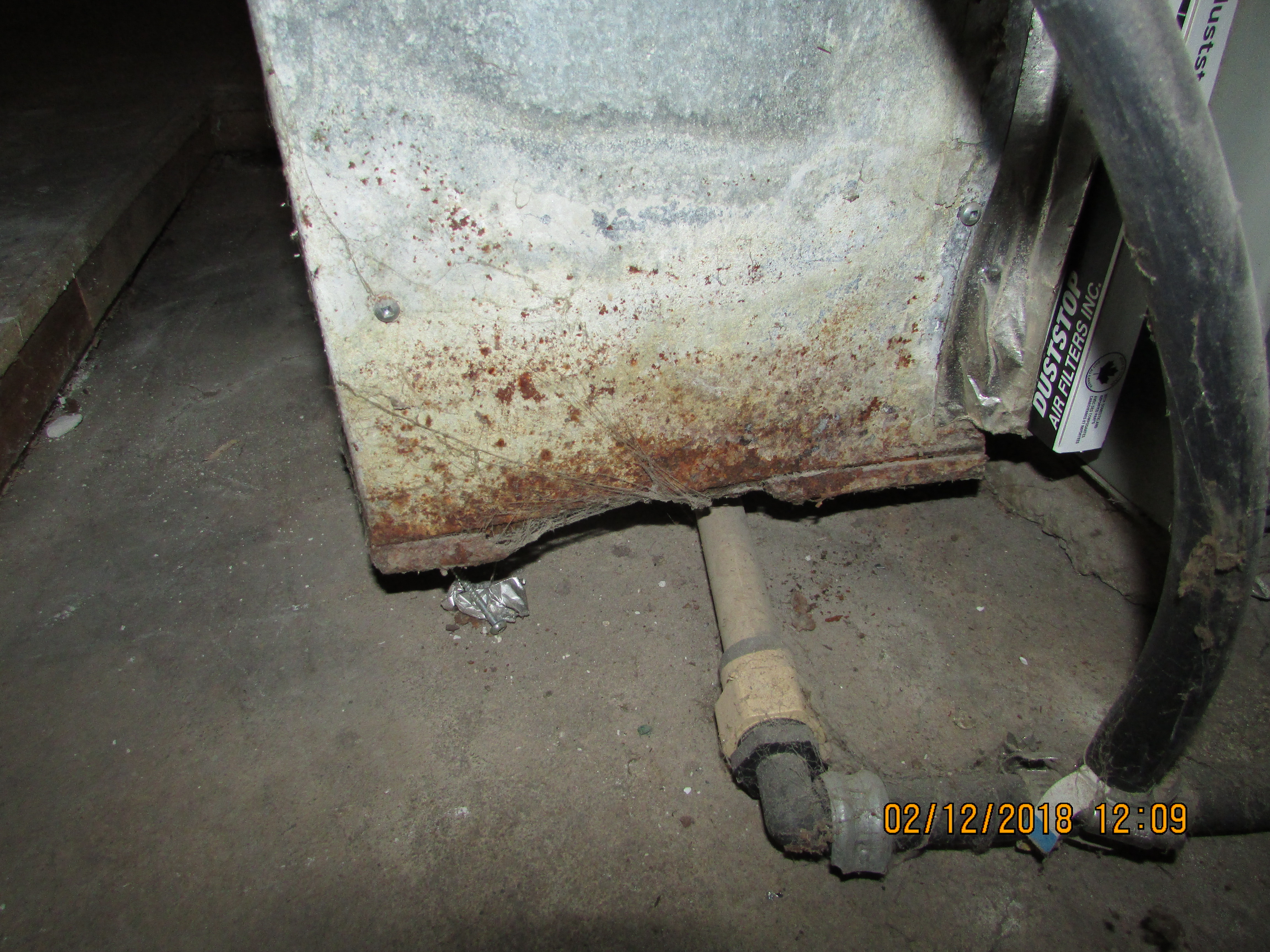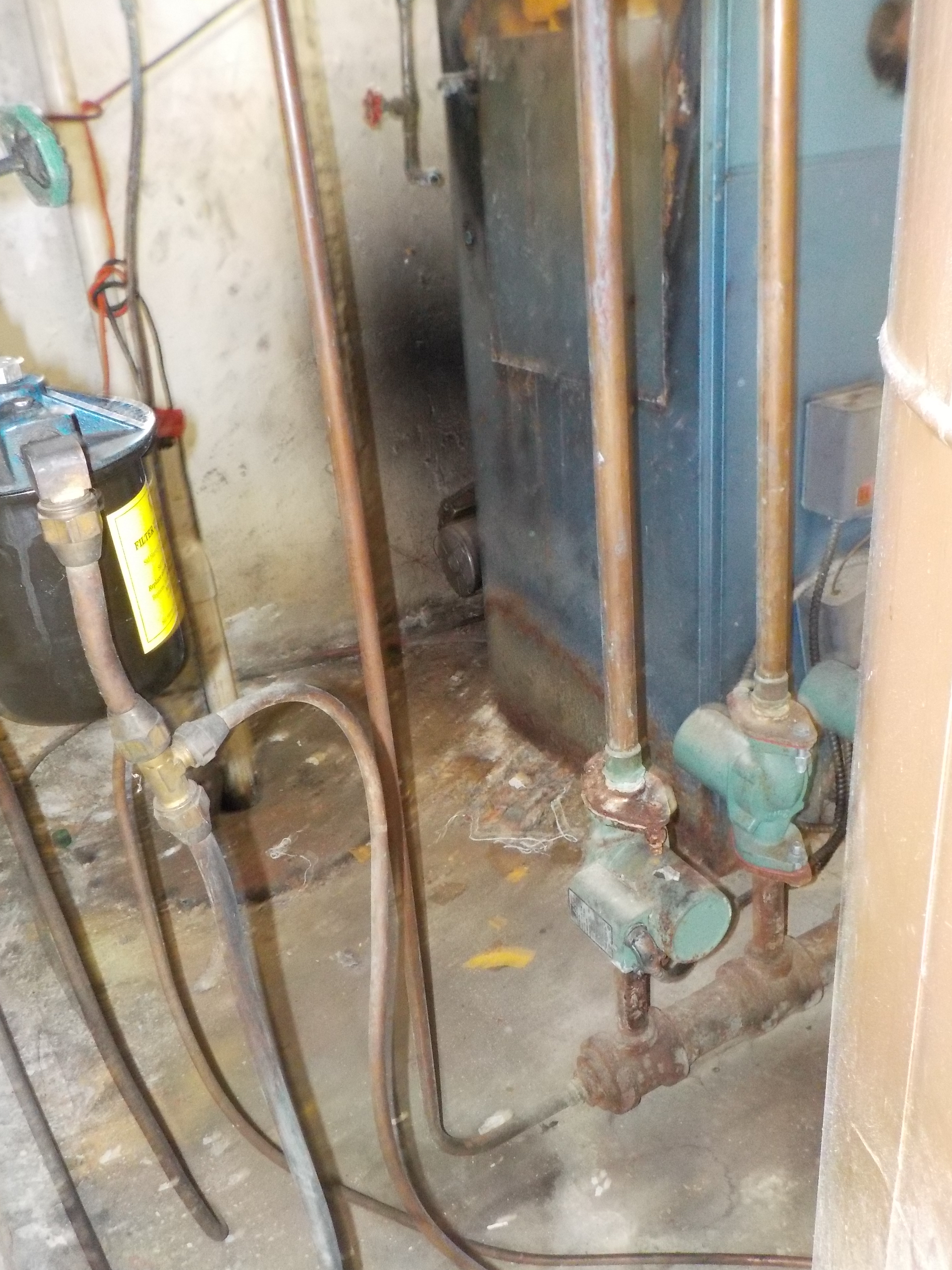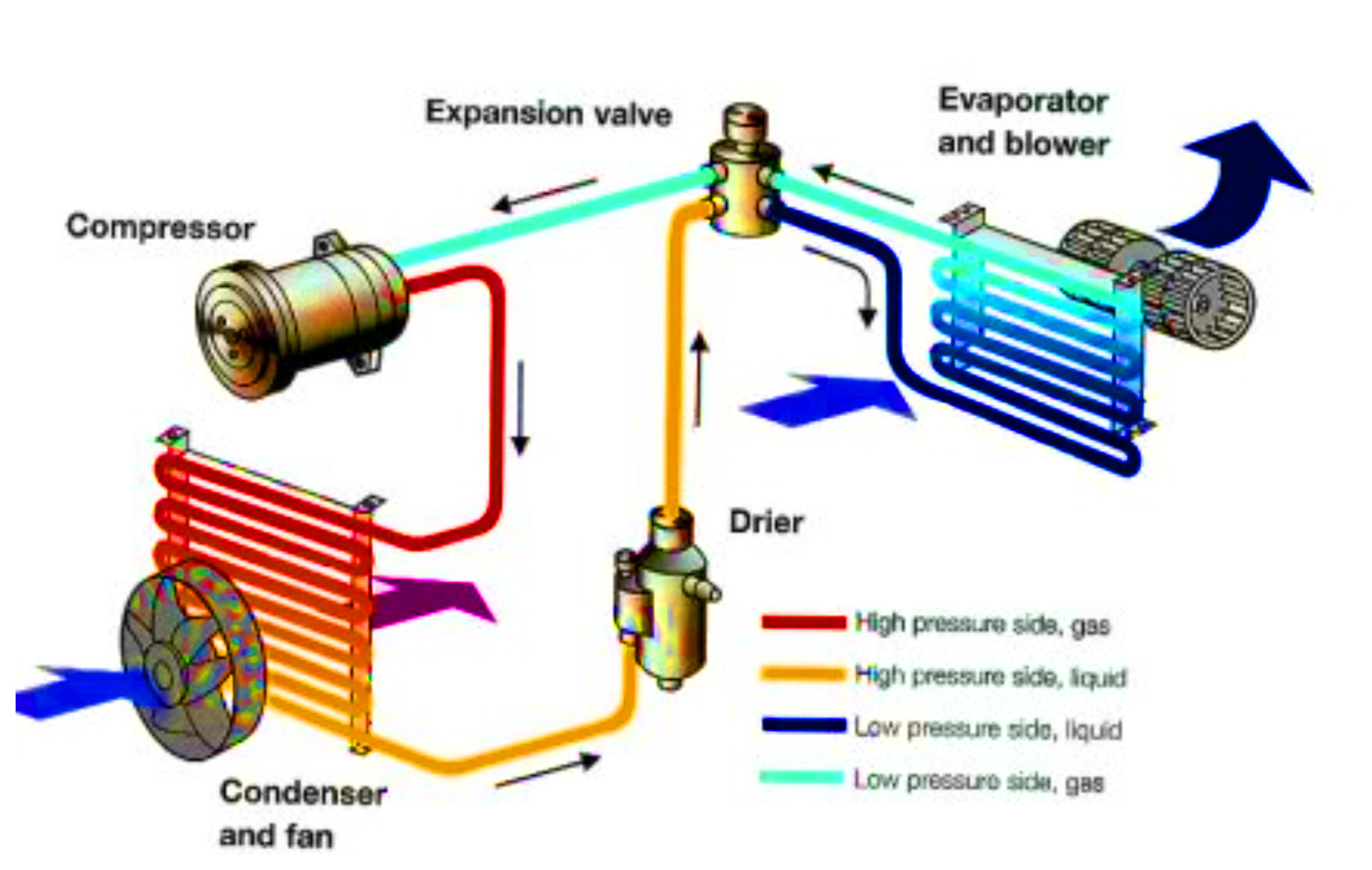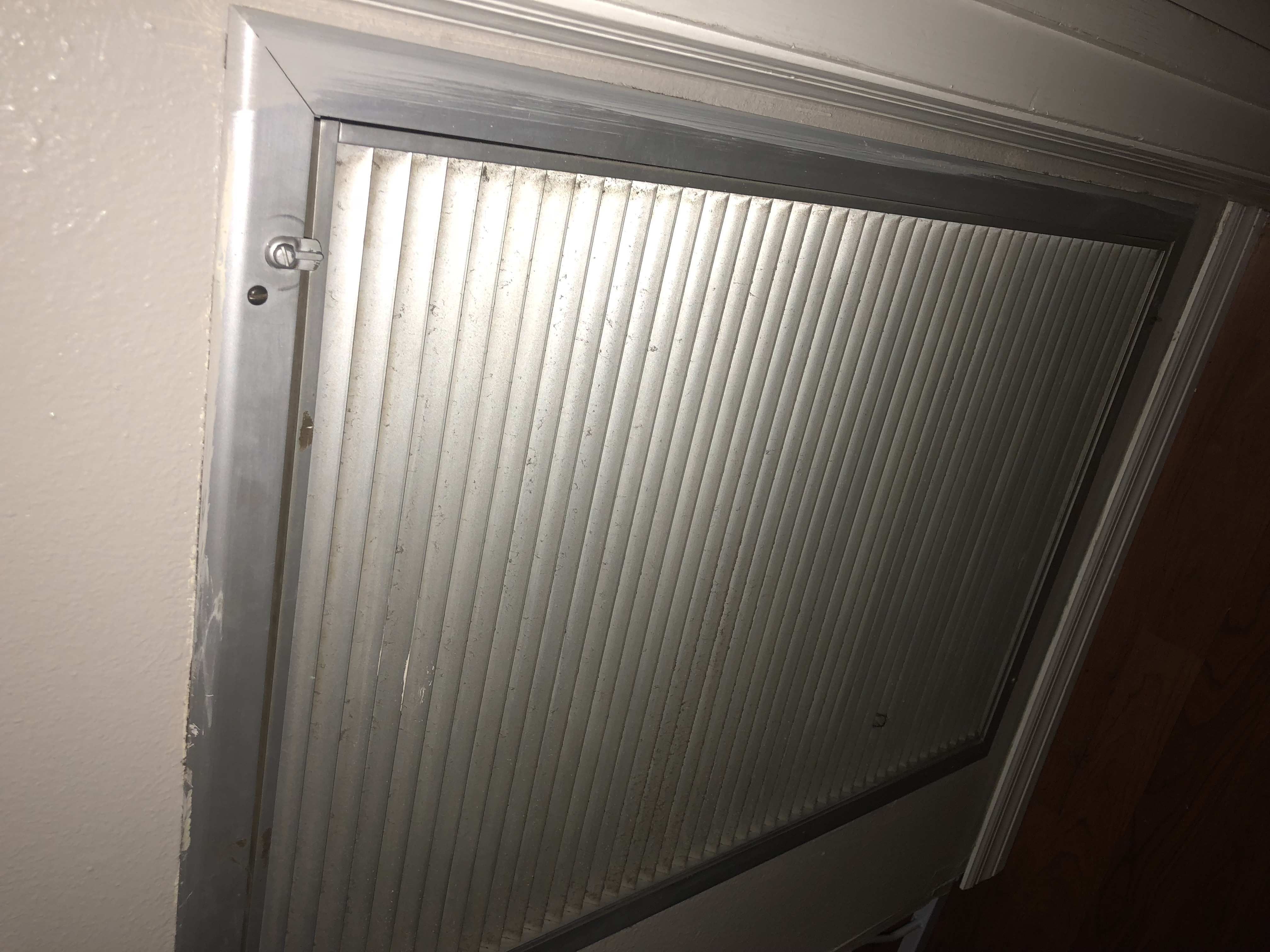The heating system is a Amana brand, natural gas fired, forced air furnace. The furnace is a minimum 80% efficient system. The approximate age of the furnace is 16 years old. Average life span for a furnace range between 13 to 20 years.
Inspecting the HVAC system for duct leaks and energy loss
The ducts are the lungs of the house. If they are not well-maintained they can raise your utility bills or have the potential to cause health problems. The ducts can suck in contaminates from crawlspaces or attics and disperse it throughout the home.
This home was heated by an oil fired furnace. The heating medium was water which was pumped to baseboard throughout the residence. There was no chimney however the boiler exhaust was vented through a mechanical vent to an exterior wall. The boiler had been serviced recently and all heat zones operated properly.
Home heating oil, commonly referred to as fuel oil #2 is used in over 7 million homes in the US. Here in the northeast it is a very common fuel for heating. It is very important that the fuel storage tank is in good condition, properly supported, and does not leak. A full 275 gallon tank can weigh over 2000 pounds.
Once you’ve set the temperature, the thermostat is supposed to switch the heating on and off, as necessary, to keep the room more or less that warm. In practice, a thermostat like this doesn’t switch on and off at a single temperature but cycles between a small range of temperatures either side of the value you set.
Smoke And carbon monoxide detectors.
Heat and smoke rise, which is why we place smoke alarms high on the wall or ceiling. Carbon monoxide, however, mixes with the air. … A single-function carbon monoxide alarm is recommended, but if you are installing a dual smoke-CO detector, place it on the ceiling so it can detect smoke.
The picture your looking at is of a 2008 Trane Furnace that was in a moist basement of a home. At the time of the inspection I observed severce corrossion on the unit and on some of the ducting. I recommended to the client to have the unit service by a certified HVAC guy and to address the moisture issues as well that were causing the environment.
There are many safety systems put in place on home heating systems and home water heaters. Attached to this essay is an image of a natural gas powered water heater. Mounted on top of the heater is a TPR valve.
The TPR valve is put in place to allow excess steam and water pressure to escape the system. Otherwise, without valves such as these, the heating and water heating systems could break or even explode.
Essay subject: Heating and AC ducts in a home.
There are several images in InterNACHIs gallery of duct systems used in residential homes for heating and cooling. These duct systems usually are split into two: supply and return. The supply ducts bring warm or cool air to various rooms in the home, and the return ducts bring air back to the heating/cooling system.
Here we see a steam radiator. A way to tell if a radiator is steam or water supplied is to look for a few things. First, if it is 1 pipe inlet and outlet, it’s a steam radiator. If it has 2 pipe inlets and outlets, it could be water or steam. If you can hear a slight hight pitched air release, it’s likely steam. The only way to know assuredly is to go down to the boiler to see it’s components.
When inspecting a hydronic (hot water) system, be sure to turn the thermostat on and wait for the circulator pumps to go on. Check that the heated water is circulating through the systems pipes. Watch the temperature pressure gauge for water pressure and temperature of the heated water. Wait for the system to finish its cycle, turn off the thermostat and make sure the circulator pumps shut down.
The article I am reviewing is: Defrost Cycle of a Heat Pump
by Ben Gromicko and Nick Gromicko. Heat Pumps in Florida are fairly common, and are known to be efficient. Florida rarely has weather below freezing, so heat pumps may not need to defrost as much as in cooler states. However, with such humidity in the air, frosting is very possible. Doing a defrost, the heat pumps works in reverse (a cooling cycle). This cycle increases the temperature of the coils in the outside condenser melting the frost. To compensate for the cooler air in the the handler inside, and to disallow cool air from being distributed throughout the house, a supplementary heating element will warm the air as it passes through the unit inside.
When inspecting a homes heating furnace system, check that each room has a heating source. Vents, convectors, radiators etc. Report the age of the furnace. Look for cracks, rust or corrosion on the furnace body. Check for soot around the furnace and the flue pipe for clogs. Look for a safety switch. Check enclosed furnace rooms for ventilation.
It is important for a homeowner to check the air filter on their furnace once a month and replace as needed. Sometimes people only replace their filter once per season and that might not be enough if they have pets or live near a highway.
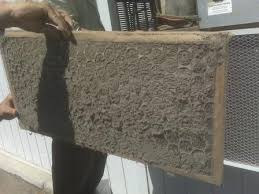
I don’t remember where I got this infographic. I used because it centers on the TXV. I was fascinated by the idea of superheated refrigerants and wanted to know more. Unfortunately, its an extensive topic and this is a brief format. The valve has more functions than I can go into, and benefits the system quite beyond the older, fixed valves. One of those functions is the early dispersal of superheat via controlled expansion, and that was the connection.
Image: https://www.nachi.org/gallery/?level=picture&id=1484
I spent a long time as a teacher. I make wicked good Power Points, and I’m always on the lookout for a good picture. This image very clearly shows the major components and how they’re related.
It was also useful for Googling pictures of the evap coil and condenser - the other pictures are easier to contextualize in the system with this image.
Considering the important role that insulation plays in keeping a house warm and comfortable to inhabitants, I am looking forward to new methods of insulation that are user friendly, not bulky, and completely safe. Aerogels can be found in sheet form or in granules and might be the future of the insulation industry.
Upon inspection of the HVAC the return grill was observed to be in need of cleaning. The air filter inside should also be replaced as it seemed to be very dirty which will cause the AC to work harder. Filter and grill appear in working order at time of inspection.
HVAC duct work leaks. Homes should be inspected for duct work leaks in order to allow the system to properly cool/heat a home. There are some tell tale signs of duct leaks that should be observed in the attic and a qualified technician would be able to find and fix them.
From this course, Ive learned that the Air Condition System, is a complete, well built unit. As long as it is working, it has all the right components to keep the air cool or warm. They can be very simple units, or more complicated, from natural gases to electricity.
